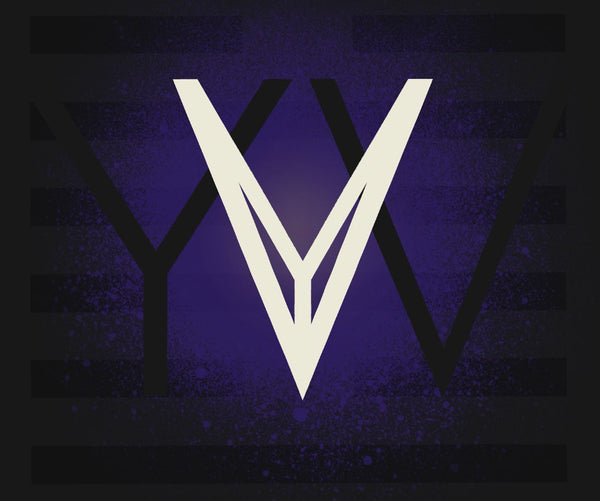Interpreting Practice Through Modeled Interaction—
A Reusable Learning Object
In interpreter education, it can be hard to bridge the gap between theory and what actual interpreting looks and feels like. To support that transition, I’ve created an interactive video-based learning object designed to sharpen students’ ability to interpret across both ASL and English, while simultaneously modeling what professional-level work looks like. The video features a Deaf man, in the role of apartment complex manager, conducting a brief interview with a prospective hearing tenant. What makes this object powerful is not just the content, but how it’s structured—it gives students a chance to interpret and immediately self-assess by watching a professional do the exact same thing.
The learning object supports three core objectives. First, students are asked to analyze the opening interaction: they observe how both participants introduce themselves, what information is exchanged, and what underlying meta-messages might be coming through. This opens space for students to consider context, goals, and relevant schema before any interpreting begins.

(the hearing individual introduces herself, providing contextual information)

(the deaf individual introduces himself, providing contextual information)
Second, students are guided through a 12-part consecutive interpreting activity—six utterances from ASL to English and six from English to ASL. Each utterance is presented solo for the student to interpret, followed directly by a professional interpreter’s version.

(the student interprets from A-E as well as E-A)
Finally, the third objective is reflection and refinement. By observing credentialed-level interpreting, students can analyze strategies, compare with their own choices, and consider what they might adjust in future renditions.

(the student observs the professional and credentialed interpreter's rendition)
Content-wise, the experience is simple but rich. It begins with a contextual intro to the space and the people involved, building a mental map for what follows. The scenario plays out turn by turn, with clear breaks between each utterance. The student interprets one turn, then sees the professional’s interpretation. This repeats throughout the exchange, enabling a full cycle of practice and immediate modeled feedback.
What makes this learning object particularly effective is its interactivity and reusability. While it’s video-based, the structure encourages active engagement rather than passive watching. Because it’s stored in Box, it can be easily linked to GoReact or other video analysis tools, allowing students to record their interpretations in real time and then reflect after watching the modeled version. This also makes it highly accessible and flexible—students can interact with it on their own time and revisit it as many times as they need to practice or self-assess. Additionally, because both ASL-to-English and English-to-ASL are represented, students at varying stages of their interpreting journey can use it meaningfully.
The video itself was originally created through my company, YourVolution, as part of a professional interpreting resource. To adapt it into this more instructional and interactive format, I edited the footage using iMovie. My primary consideration during this design process was to ensure it would serve as both a practice and modeling tool, rather than only one or the other. By inserting repeated segments and alternating student practice with professional modeling, the object becomes a layered and responsive learning experience. As noted by Strojny and Dużmańska-Misiarczyk (2023), learning objects that pair modeled behavior with active response opportunities support stronger long-term skill transfer. And by making the object reusable and flexible across modalities, it aligns with Alenezi, Wardat, and Akour’s (2023) call for inclusive, scalable digital education practices.
To explore the learning object, click the link below. It’s accessible to any student or educator with the link and can be paired with any video annotation tool like GoReact, Flip, or even Padlet for group discussion.
Interpreter education demands thoughtful, iterative practice. This learning object was designed with exactly that in mind—an accessible, repeatable, authentic tool that centers student engagement and professional modeling, side by side.
⸻
References
Alenezi, M., Wardat, S., & Akour, M. (2023). The need of integrating digital education in higher education: Challenges and opportunities. Sustainability, 15(6), 4782. https://doi.org/10.3390/su15064782
Strojny, P., & Dużmańska-Misiarczyk, N. (2023). Measuring the effectiveness of virtual training: A systematic review. Computers & Education: X Reality, 2. https://doi.org/10.1016/j.cexr.2022.100006
